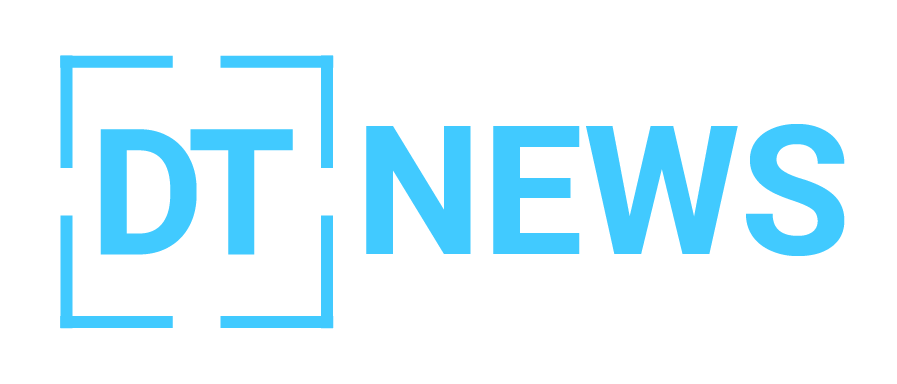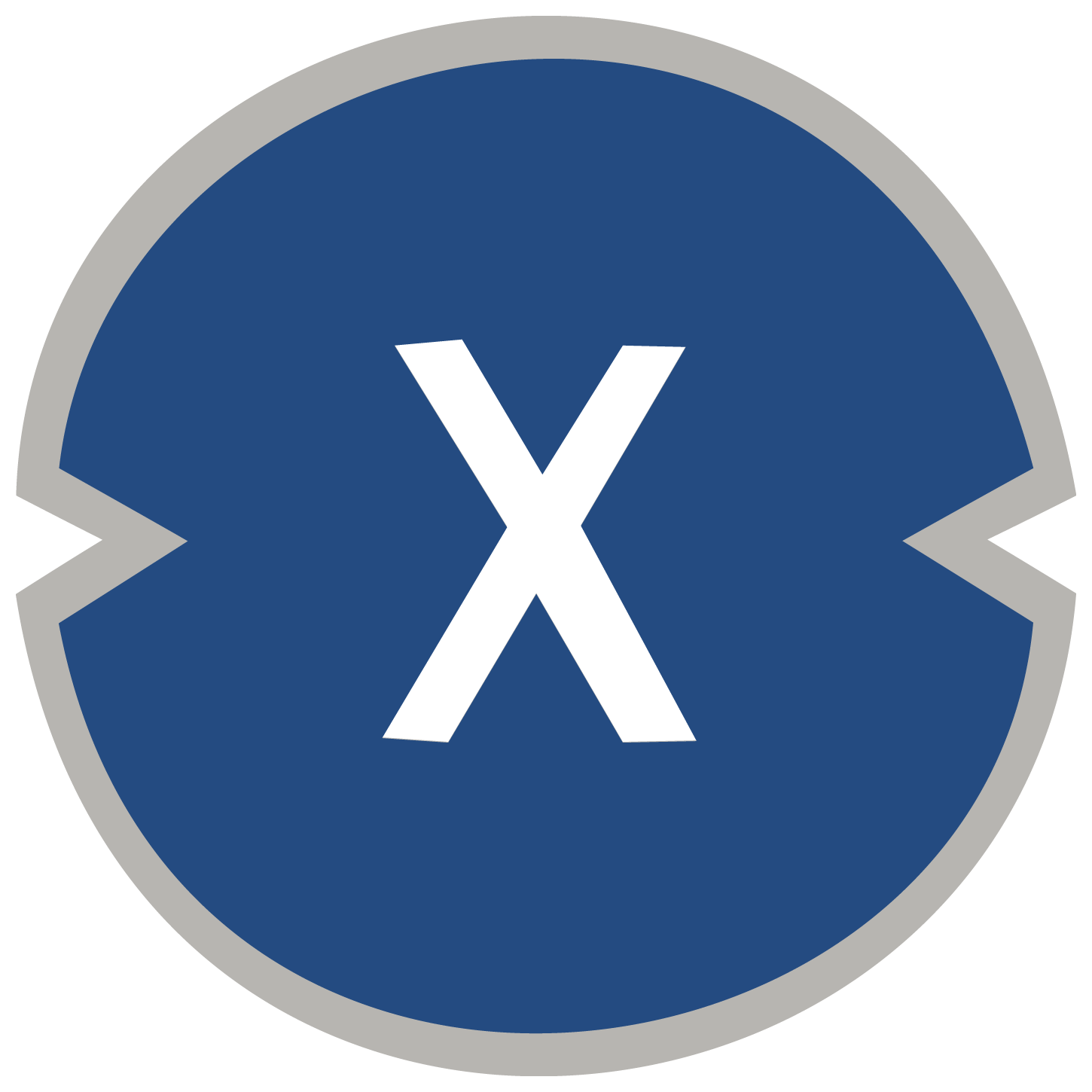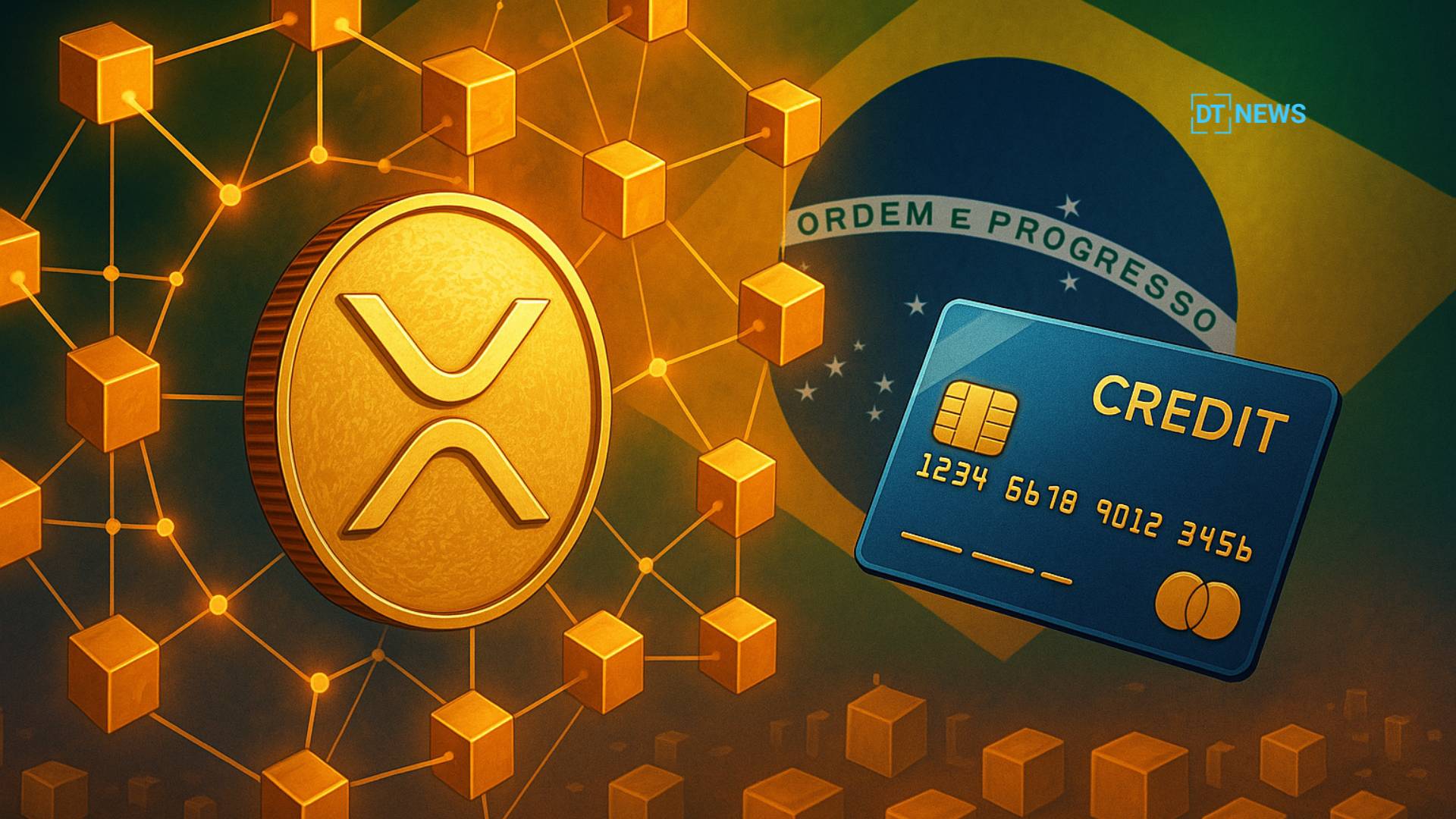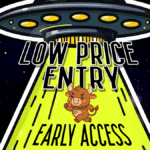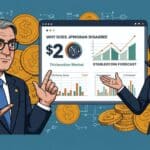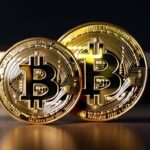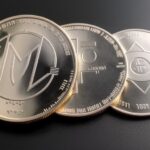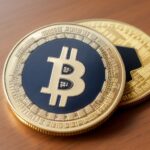Brazil’s financial industry has used the XRP Ledger to tokenize $130 million in private loans related to farm receivables. This milestone is part of VERT’s ambitious vision to overhaul Brazil’s structured credit industry using blockchain. The project uses the XRP Ledger and its Ethereum-compatible EVM sidechain to create and administer regulated credit instruments on-chain.
- XRP Ledger Tokenization Moves from Vision to Action
- Surge in Real-World Assets on XRPL Sparks Investor Momentum
- Tether’s Agribusiness Investment and RWA Expansion in South America
- What This Means for Traders and Institutional Investors
- Conclusion: XRP Ledger Tokenization Ushers in a New Frontier for DeFi
- FAQs
The top Google-searchable phrase “XRP Ledger tokenization” takes center stage in this transition, as the Latin American powerhouse emerges as a worldwide use-case leader in blockchain-based banking. This discovery comes at a time when institutional investors are increasingly interested in tokenized financial products.
XRP Ledger Tokenization Moves from Vision to Action
The first issue, a Certificado de Recebíveis do Agronegócio (CRA), is a legally recognized credit instrument secured by future agriculture cash flows. Brazil’s farm sector, which accounts for more than 20% of its GDP, stands to profit greatly from blockchain’s transparency, automation, and settlement speed.
The VERT system immediately records each lifecycle event, issuance, settlement, payment, and maturity, on-chain. A spokesman for the company stated, “We’re not just issuing tokens. We are establishing confidence in an asset class that has hitherto been opaque to global investors.”
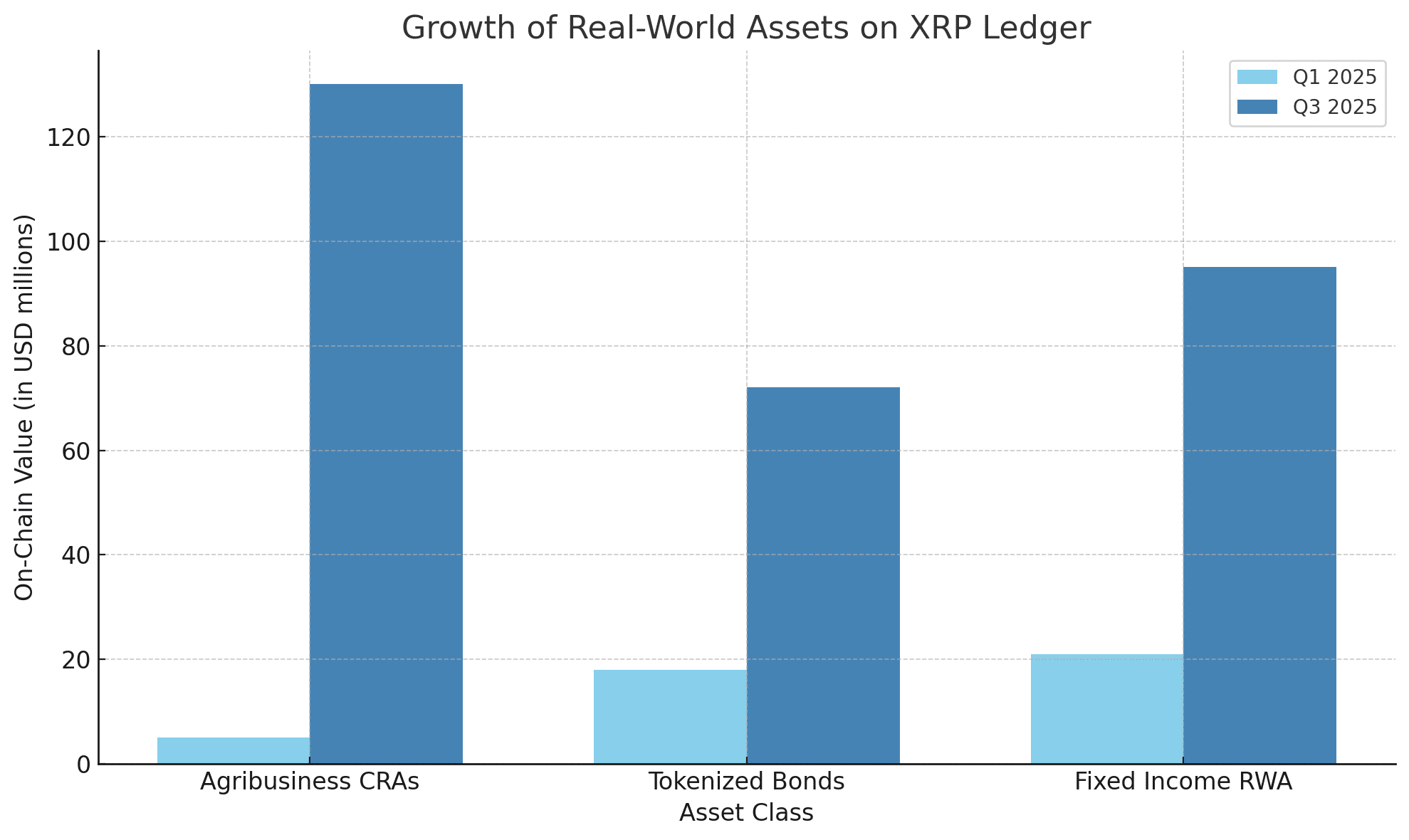
Smart contracts on the XRP Ledger’s EVM sidechain control payment flows, compliance logic, and interest computations. “This solution combines traditional finance with Web3 efficiency,” stated Silvio Pegado, Ripple’s LATAM head. “Tokenization is more than a buzzword; it’s a strategic transformation.”
Surge in Real-World Assets on XRPL Sparks Investor Momentum
Data shows that real-world assets (RWAs) on the XRP Ledger have grown from $5 million to $118 million in recent months, a staggering 2,260% rise. Analysts predict this is just the beginning.
| Asset Class | Q1 2025 On-Chain Value | Q3 2025 On-Chain Value | % Growth |
|---|---|---|---|
| Agribusiness CRAs | $5 million | $130 million | 2,500% |
| Tokenized Bonds | $18 million | $72 million | 300% |
| Fixed Income RWA | $21 million | $95 million | 352% |
With Brazil’s central bank working on a 2025 framework for digital assets, XRP Ledger tokenization is well-positioned to gain from legislative certainty. The growing interest in asset-backed tokens reflects larger trends in decentralized finance, where transparency, compliance, and real-time auditability are becoming key investor requirements.
Tether’s Agribusiness Investment and RWA Expansion in South America
In addition to Brazil’s XRP Ledger adoption, stablecoin behemoth Tether recently purchased a controlling interest in a South American agriculture firm. The goal is to incorporate stablecoins into commodities supply chains and support activities using blockchain-based financial infrastructure.
“Tether’s strategy complements what VERT is doing,” wrote blockchain economist Andrea Monteiro. “Together, they show that agriculture is no longer just about soil and seeds—it’s about data, smart contracts, and programmable money.”
This cross-sector synergy between XRP Ledger tokenization and stablecoin integration implies a widespread financial shift to the blockchain economy, particularly in emerging nations with high capital costs and underbanked sectors.
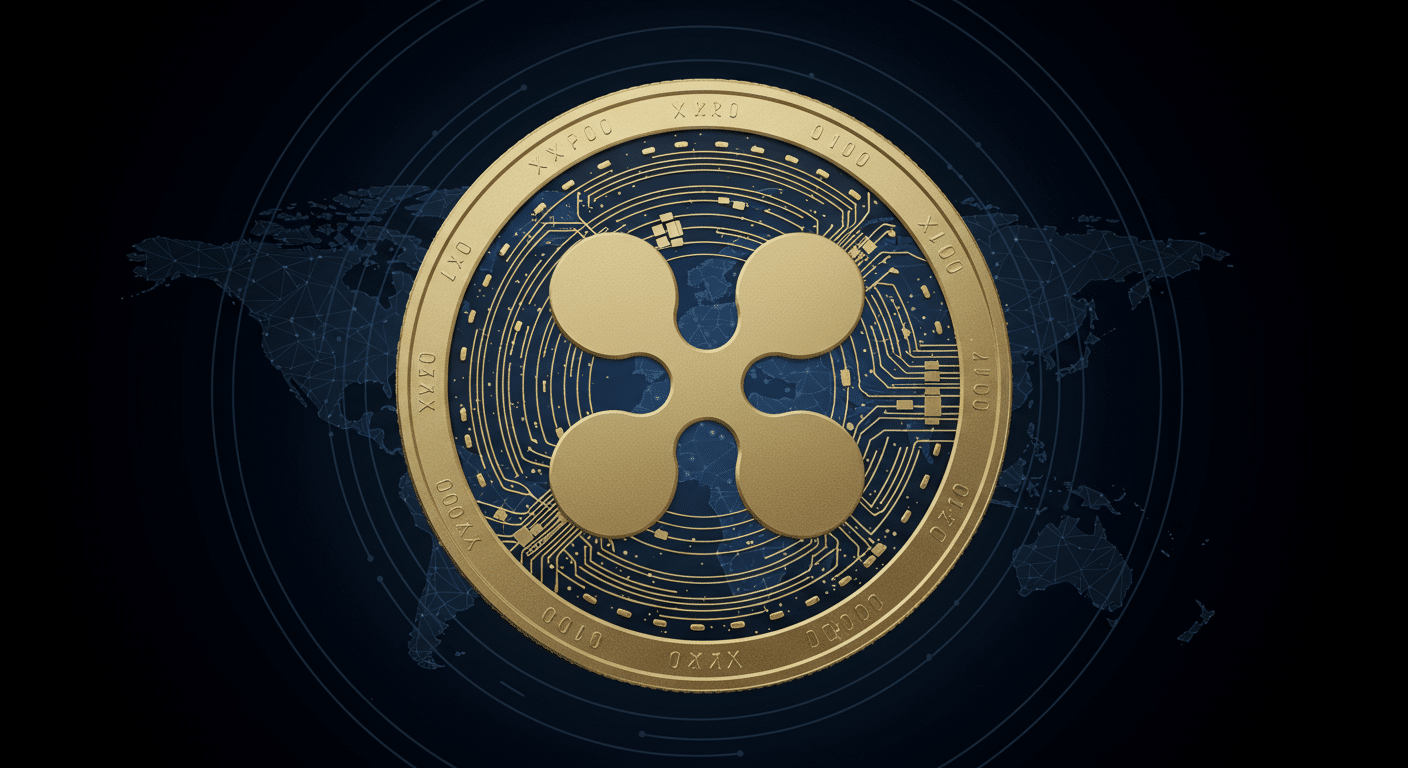
What This Means for Traders and Institutional Investors
As blockchain platforms like as XRP Ledger continue to attract real-world assets, traders are looking at tokenized debt securities as a new investment opportunity. “The bond market is waking up to crypto,” digital expert Lucas Vieira stated. “We expect major fund managers to enter this space within 12 months.”
With VERT’s planned tokenization of $500 million more in private credit and more initiatives in the works, investors have the opportunity to diversify into transparent, yield-bearing assets on the blockchain. XRP Ledger’s scalability and cost-efficiency make it an attractive option for institutional-grade portfolios.
Conclusion: XRP Ledger Tokenization Ushers in a New Frontier for DeFi
The XRP Ledger tokenization wave has officially started in Brazil, converting the issue and administration of $130 million in farm loans into a digital, transparent, and global system. With legislative winds changing and investor interest growing, XRP Ledger is establishing itself as a foundation for the future of real-world asset financing.
Also read, Robinhood Tokenized Stocks.
FAQs
Q1: What is XRP Ledger tokenization?
A: It is the process of creating blockchain-based versions of real-world financial assets—like credit instruments or bonds—on the XRP Ledger.
Q2: Why is Brazil leading this effort?
A: Brazil has a massive agribusiness sector and a $200B private credit market ripe for modernization through blockchain.
Q3: Are these tokenized assets regulated?
A: Yes, they comply with Brazilian financial laws and are issued through certified institutions like VERT.
Q4: What are the benefits for investors?
A: Faster settlement, real-time tracking, enhanced transparency, and potentially higher yields from niche markets.
Glossary
XRP Ledger (XRPL): A decentralized, fast, and scalable blockchain optimized for payments and tokenized assets.
Tokenization: Converting real-world assets into digital tokens stored and transacted on a blockchain.
CRA: Brazilian Agribusiness Receivables Certificate—a fixed-income instrument tied to agricultural credit.
RWA: Real-World Asset; any physical or off-chain asset represented digitally on blockchain.
EVM Sidechain: A blockchain sidechain compatible with Ethereum smart contracts but operating on a separate layer.
